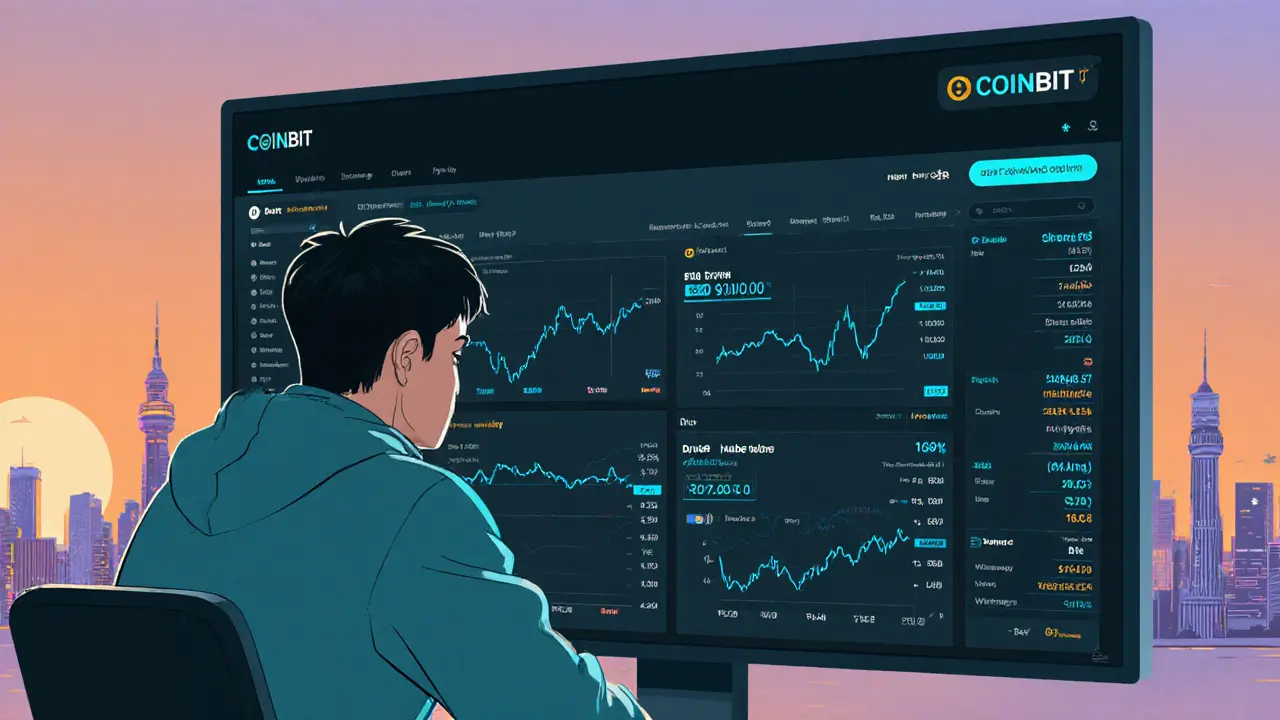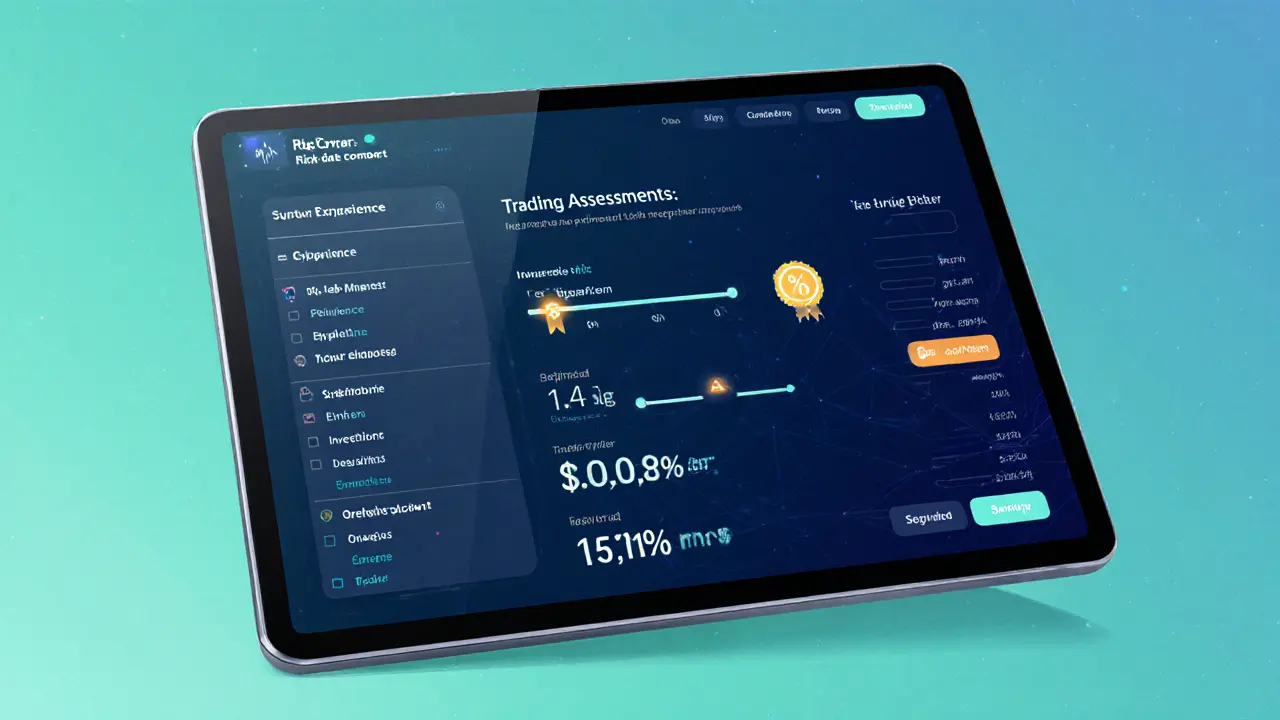Cryptocurrency Exchange: Guides, Reviews & Regulation
When working with cryptocurrency exchange, a platform that lets users buy, sell, and trade digital assets. Also known as digital asset exchange, it serves retail traders, institutions, and developers looking to move value on‑chain.
One of the biggest hurdles for any new platform is crypto licensing, the set of federal and state approvals required to operate an exchange legally. Also known as exchange permits, it determines who can offer services in a given jurisdiction and shapes the cost structure of compliance. For example, U.S. operators juggle MSB registration, BitLicense, and state‑by‑state money‑transmitter rules, while Asian markets may need capital thresholds and local partnership approvals. Understanding these rules lets you pick a platform that matches your risk tolerance and geographic needs.
Another powerful tool for navigating regulation is the regulatory sandbox, a controlled environment where new fintech projects test compliance under supervision. Also known as sandbox program, it lets exchanges experiment with features like instant settlement, cross‑chain bridges, or AI‑driven order routing without full‑scale approval. Countries such as the UK, Singapore, and several EU members run sandboxes that fast‑track innovative products while protecting consumers. If an exchange has graduated from a sandbox, it often signals stronger security practices and a clearer path to full licensing.
Fees, Security, and Real‑World Performance
Every trader watches exchange fees, the charges applied to trades, withdrawals, and deposits on a platform. Also known as trading fees, they directly affect profit margins, especially for high‑frequency strategies. Fee models vary: maker‑taker spreads, flat commissions, or tiered discounts for volume. Knowing the exact fee schedule helps you compare platforms like Koinde, Bitroom, or DSTOQ and decide whether a low‑fee but unlicensed exchange is worth the risk.
Security is the other side of the coin. An exchange’s cryptocurrency exchange reputation hinges on custodial safeguards, cold‑storage ratios, and insurance coverage. Reviews often flag red‑flag indicators: missing licensing, opaque audit reports, or history of withdrawal delays. By weighing security audits, licensing status, and sandbox graduation, you can filter out scams and focus on platforms that balance speed with safety.
Below you’ll find a curated collection of articles that dive into licensing step‑by‑step, break down fee structures, compare exchange security, and explain how sandbox programs can accelerate innovation. Whether you’re a beginner looking for a safe entry point or an experienced trader hunting the best margins, these guides give you the tools to choose the right cryptocurrency exchange for your goals.
CashTelex Crypto Exchange Review 2025: Safety, Fees & Alternatives
Oct 19, 2025, Posted by Ronan Caverly
A detailed 2025 review of CashTelex crypto exchange, covering fees, security, regulatory status, user experience, and how it stacks up against major platforms.
 MORE
MORE
Coinbit Exchange Review: Liquidity, Security, and How It Stacks Up in 2025
Sep 7, 2025, Posted by Ronan Caverly
A comprehensive 2025 review of Coinbit exchange covering liquidity, security, features, and how it compares to major crypto platforms.
 MORE
MORE
BKEX Crypto Exchange Review 2025: Fees, Safety & Performance
Mar 11, 2025, Posted by Ronan Caverly
A detailed 2025 review of BKEX crypto exchange covering fees, security, user experience, regulatory status, and how it stacks up against Binance and Coinbase.
 MORE
MORE
SEARCH HERE
Categories
TAGS
- crypto exchange review
- decentralized exchange
- cryptocurrency
- crypto coin
- smart contracts
- tokenomics
- cryptocurrency exchange safety
- crypto exchange
- cryptocurrency airdrop
- crypto airdrop
- cryptocurrency exchange
- CoinMarketCap airdrop
- crypto airdrop guide
- blockchain token distribution
- DeFi
- crypto exchange scam
- Ethereum
- cross-chain interoperability
- ERC-20
- GameFi
